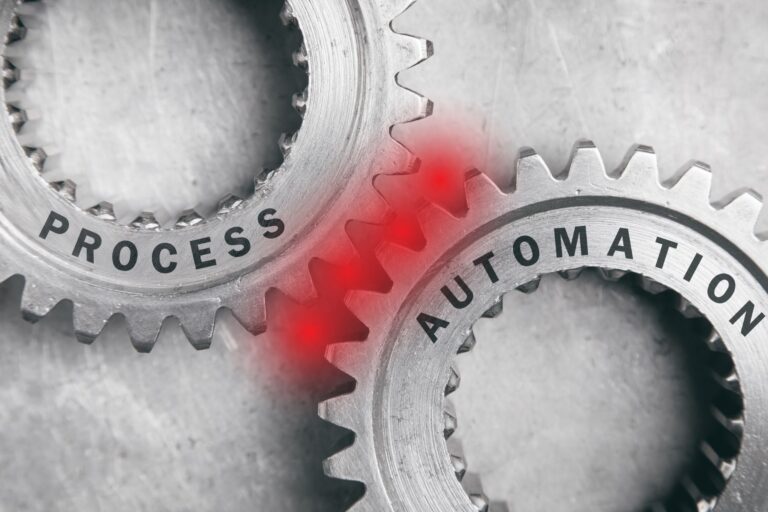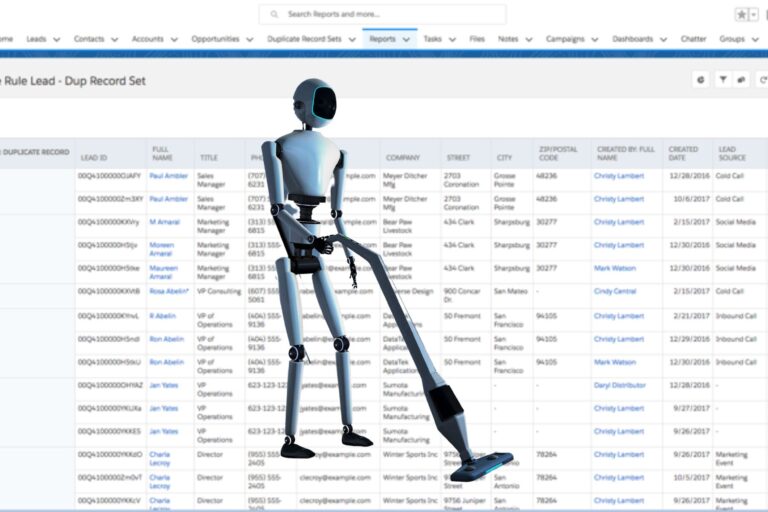If the theme of 2021 was resilience and 2022 was all about recovery, the buzzword for 2024 is efficiency.
This especially applies to your tech stack. Remember 2020 when companies opened the floodgates to new applications? It wasn’t just the IT department buying things — practically any employee could buy tech because, well, why not?
It turns out more tech doesn’t always equate to higher productivity, faster processes, or increased revenue. And often, too many applications contribute to a bloated tech stack full of overlapping features and expensive “shelfware.”
So as you think about efficiency, tech stack consolidation and the potential impact on your business, here are six important action items to include in your project management plan.

#1 Evaluate Your Existing Technology Stack
Conduct a thorough inventory. Start by creating a comprehensive list of all the technology solutions used by your company. For larger organizations, this will involve meeting with department heads, IT staff, and employees who regularly use software applications in their work.
As you gather information, document the results of the inventory in a spreadsheet or database, including details on each software application, the number of licenses purchased, and the cost of the licenses.
If you’re starting from scratch, review software contracts and procurement records to source information on applications that were purchased or licensed by your company. Software asset management (SAM) tools and network scanning tools can help with this process. According to G2, Zluri is one of the leading tools in this space.
#2 Identify Key Business Requirements
It’s important to understand the key business requirements your current tech stack supports. This will help identify critical areas that need to be preserved, as well as areas where simplification is possible.
As you identify key business requirements, ask yourself the following questions:
- What established objectives determine success or failure?
- What are the baseline expectations or quality control standards that you can’t do without?
This process will once again require collaboration with stakeholders, such as business leaders, department heads, and end users, to gain a clear understanding of their requirements and expectations. This analysis will identify the key business processes the technology stack needs to support.
Further, by prioritizing your business requirements, your Director of IT can prioritize the technology needs based on their importance and urgency. This step ensures the most critical requirements are addressed first, and the technology stack is aligned with the business objectives.

#3 Identify Potential Areas for Consolidation
After taking an inventory and identifying key business requirements, you’re ready to pin down potential areas for consolidation. This may involve replacing multiple systems with a single integrated solution or moving to a cloud-based solution.
Molly Young, Sales Operations Partner with Remote, recommends organizations evaluate the following five areas when consolidating tech solutions:
- Feature overlap
- Usage
- Impact on other departments
- Vendor relationships
- Cost
When evaluating your current tech stack, identify solutions that primarily perform one task, and particularly ones that don’t integrate well with other tools like the staples of your stack — your CRM and revenue orchestration tools.
Also, be aware of point solutions that are prone to being problematic, like ones that export data from your stack, manipulate it, and then transfer new records back to the CRM. Potential security problems alone might be enough to consider cutting some solutions.
#4 Develop a Migration Plan
Once the areas for consolidation have been identified, your Director of IT or relevant project manager should develop a migration plan that outlines how to transition from the existing technology stack to the less bloated, more efficient tech stack.
This includes creating a timeline that outlines when each tool will be phased out. In addition, identify the data that you need to collect. This may include customer information, transaction history, or other important analytics.
Communicate timelines to all stakeholders, including employees, customers, and vendors. This ensures a smooth transition and minimizes disruption. And last, don’t forget to monitor the migration process and make adjustments as needed.

#5 Address Change Management Issues
Moving to a smaller, more efficient tech stack can be a significant change for employees. People who are used to working with a particular software tool may resist the change and be reluctant to give it up. They may feel they are being asked to do more work with less support or feel their workflow has been disrupted.
It’s important to communicate the reasons for the change, the timeline for implementation (i.e. migration plan), and expectations moving forward. Lack of effective communication can lead to confusion and misunderstanding among team members.
Don’t be surprised if during the transition period, there is a temporary loss of productivity as employees adjust. If necessary, provide training and support to help them adapt as quickly as possible.
#6 Manage Vendor Relationships
As part of the migration plan, it’s important to consider how to manage vendor relationships. This may involve renegotiating contracts, reducing licenses, or terminating relationships with vendors who are no longer necessary.
Maintain documentation of all communication, including email, phone conversations, virtual and/or in-person meetings. Make sure both parties agree on any changes to the software contract.
Preserve good relationships and don’t burn any bridges. You may repurchase this software platform in the future.

Efficiency is a Journey, Not a Sprint
Everyone has to clean their closet at some point — throw away the broken hangers, outdated electronics, and donate the clothes that haven’t fit since 2007. And by the way, all those single socks in your drawer are never going to find a match.
It turns out now is the time for companies to clean their technology stack. And it’s actually good news. Painful layoffs aside, companies have put the growth-at-all-costs mentality on the shelf and are now focusing on efficient growth, team alignment and ROI.
Taking the time to craft a more efficient tech stack will no doubt pay dividends.










